Why Material Handling Matters for Your Supply Chain?
Efficient material handling is the backbone of any robust supply chain. From the moment raw materials arrive at your facility to when finished goods leave your docks, every touchpoint affects speed, cost, and safety.
In today’s competitive material handling industry, leveraging the right material-handling equipment—from lifting clamps and vacuum lifters to slab lifters, scissor lifters, overhead gantry crane systems, and jib cranes—can transform your operations. This comprehensive guide explores why material handling matters, the key equipment involved, and how you can optimize your supply chain through best practices, safety enhancements, and strategic partnerships with leading material handling companies.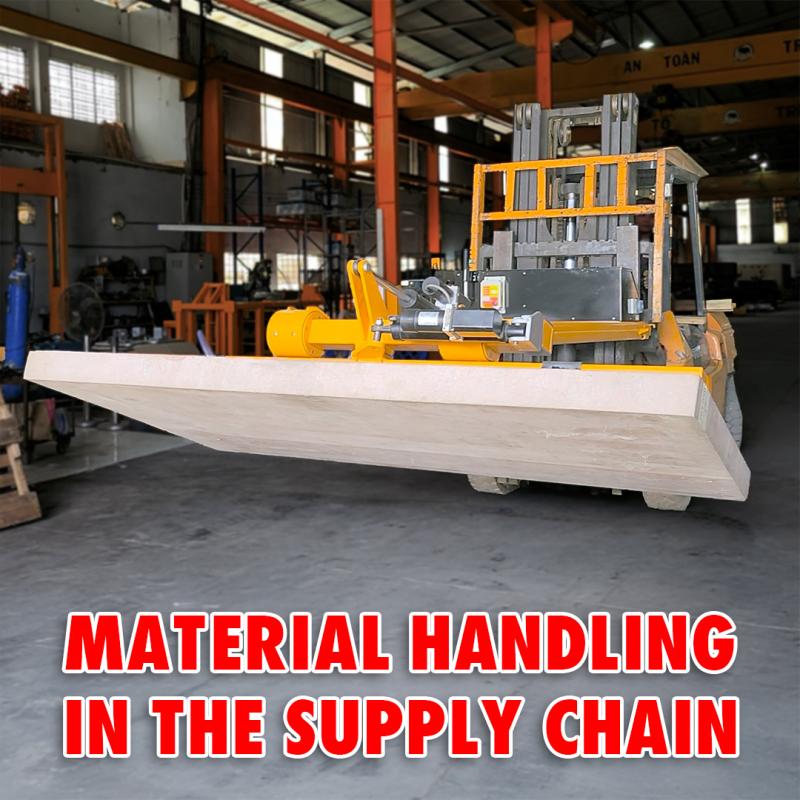
Understanding Material Handling in the Supply Chain Context
Defining Material Handling and Handling Material
At its core, material handling encompasses the movement, storage, protection, and control of goods throughout the entire lifecycle—from inbound receiving and warehousing to production support, order fulfillment, and outbound shipping. Effective handling of materials ensures:
-
Continuity: Prevents bottlenecks that stall production lines.
-
Accuracy: Reduces picking and shipping errors.
-
Safety: Minimizes workplace injuries and product damage.
-
Cost Savings: Lowers labor and maintenance expenses.
By focusing on seamless handling material, companies can maintain consistent throughput and deliver on tight delivery schedules.
The Role of Material Handling Equipment
A diverse array of lifting equipment and transport solutions shape modern material handling:
-
Lifting Clamps for gripping irregular loads.
-
Vacuum Lifters for damage‑free handling of smooth surfaces.
-
Slab Lifters for heavy panels like stone or precast concrete.
-
Scissor Lifters for precise vertical positioning.
-
Overhead Systems such as the gantry crane and jib crane for expansive coverage.
-
Accessories like ratchet tie down traps (straps) to secure loads during transit.
Each component plays a distinct role in moving materials safely and efficiently, making equipment selection critical to supply chain performance.
Key Components of Material Handling Systems
Lifting Clamps: Versatile Lifting Equipment
Lifting clamps are mechanical devices that clamp onto materials—steel plates, timber beams, or metal sheets—allowing secure vertical lifts without welding or bolting. Benefits include:
-
Adjustability: Accommodates varying thicknesses.
-
No Power Needed: Mechanical action reduces maintenance complexity.
-
Durability: Built for heavy-duty applications in construction and fabrication.
When combined with overhead cranes or mobile hoists, lifting clamps enable quick, reliable grip-and-lift cycles, boosting productivity in high-volume operations.
Vacuum Lifters: Gentle Yet Powerful
Vacuum lifters use suction to adhere to flat, non‑porous surfaces—ideal for glass panels, sheet metal, and composite boards. Key advantages:
-
Scratch-Free Handling: No mechanical pressure points that can mar surfaces.
-
Ergonomic Operation: Reduces manual strain and injury risk.
-
Quick Attachment/Release: Improves cycle times on loading docks and assembly lines.
Aardwolf’s vacuum lifter handles up to 1,000 kg with rotation and tilt, making it indispensable for delicate or high-value materials.
Slab Lifters: Efficient Handling of Heavy Panels
For large, heavy items such as stone slabs, precast concrete, or large wood panels, slab lifters offer:
-
Multi‑Point Gripping: Distributes weight evenly to prevent tipping.
-
Automated Locking Mechanisms: Secures the load during transit.
-
Roller Supports: Facilitate smooth movement onto worktables or storage racks.
The slab lifter streamlines workflows in stone fabrication yards and precast concrete plants, cutting manual repositioning time by over 50%.
Scissor Lifters: Precision Elevation Control
Scissor lifters feature a cross‑braced mechanism that provides stable vertical movement, ideal for:
-
Assembly Stations: Adjusting workpiece height to ergonomic levels.
-
Loading Docks: Matching pallet height to truck beds for safe transfers.
-
Maintenance Bays: Elevating heavy components for repair or inspection.
The scissor lifter allows operators to set exact heights, reducing repetitive motion injuries and increasing throughput.
Overhead Solutions: Gantry Cranes and Jib Cranes
Gantry Cranes
A gantry crane consists of a bridge supported by legs that ride on rails, ideal for:
-
Wide Coverage: Spans entire bays without ceiling support.
-
Heavy Lifting: Handles multi‑ton loads across large footprints.
-
Flexibility: Mobile units adapt to changing workspace configurations.
Jib Cranes
A jib crane features a rotating boom mounted on a column or wall, perfect for:
-
Localized Lifting: Servicing individual workstations or machines.
-
360° Rotation: Accessing hard‑to‑reach areas.
-
Space Efficiency: Minimal floor or ceiling footprint required.
Integrating overhead cranes with ground‑level lifters maximizes facility utilization and streamlines material flow.
Enhancing Safety with Ratchet Tie Down Traps and Best Practices
Securing Loads with Ratchet Tie Down Straps
Even after lifting, materials must be secured during horizontal moves. Quality ratchet tie down straps provide:
-
High-Tensile Webbing: Maintains tension under heavy loads.
-
Corrosion‑Resistant Hardware: Durable hooks and ratchet mechanisms.
-
Simple Operation: Ergonomic handles and integrated tension indicators.
Properly restrained loads prevent slippage, reduce damage, and comply with safety regulations in warehouses and shipping yards.
Training, Certification, and Compliance
Workplace safety demands comprehensive training:
-
Operator Certification: Formal instruction on each equipment type—from lifting clamps to overhead cranes.
-
Safety Protocols: Lockout/tagout, personal protective equipment, and emergency response.
-
Regulatory Compliance: Adhere to OSHA standards and industry guidelines for inspections, load testing, and maintenance.
By fostering a safety‑first culture, material handling companies minimize accidents and build trust with clients and stakeholders.
Economic Impact and ROI of Efficient Material Handling
Reducing Downtime and Damage
Unplanned equipment failures and product damage can cripple throughput. Preventive maintenance and proper equipment selection—vacuum lifters instead of manual gloved lifts, slab lifters instead of multiple forklift moves—reduce downtime by up to 40% and scrap rates by over 30%.
Optimizing Labor and Cutting Costs
Specialized lifters shift repetitive, strenuous tasks from workers to machines, allowing staff to focus on value‑added activities. As a result:
-
Labor Costs Decline: Fewer required personnel for heavy lifts.
-
Productivity Rises: Faster cycle times and consistent throughput.
-
Equipment Lifespan Extends: Regular servicing of gantry cranes and scissor lifters maximizes return on investment.
Trends Shaping the Material Handling Industry
Automation and Smart Integration
-
IoT‑Enabled Equipment: Real‑time monitoring of vacuum lifter suction, scissor lifter hydraulics, and crane motor loads.
-
Predictive Maintenance: Machine‑learning algorithms forecast part failures before breakdowns occur.
-
Robotic Collaboration: Cobots assist with material placement while overhead cranes handle bulk transfers.
Sustainability and Green Operations
-
Energy‑Efficient Drives: Variable frequency drives (VFDs) on scissor lifters and cranes reduce power draw.
-
Eco‑Friendly Materials: Recyclable vacuum seals and bio‑based lubricants for slab lifters.
-
Carbon Reduction Goals: Electric forklifts and solar‑powered warehouse lighting integrate with material handling strategies.
Implementing Material Handling Solutions in Your Supply Chain
Partnering with Material Handling Companies
Selecting the right integrator is crucial:
-
Expertise: Proven track record across industries for installing and servicing equipment.
-
Customization: Tailored solutions—from specialized lifting clamps to complex crane installations.
-
After‑Sales Support: Maintenance contracts, training programs, and rapid spare‑parts delivery.
Steps to Integrate Material Handling Equipment
-
Assessment: Map current workflows, identify bottlenecks, and define load profiles.
-
Equipment Selection: Match lifting clamps, vacuum lifters, slab lifters, and scissor lifters to specific tasks.
-
Layout Optimization: Position overhead cranes and work‑cell lifters for minimal travel distances.
-
Training & Safety: Certify operators and establish safety procedures.
-
Continuous Improvement: Monitor KPIs—cycle times, downtime, damage rates—and refine processes.
Conclusion
In today’s fast‑paced supply chains, material handling excellence separates market leaders from laggards. By adopting advanced tools like vacuum lifters, slab lifters, scissor lifters, and lifting clamps, and integrating overhead solutions such as gantry cranes and jib cranes, organizations can:
-
Accelerate Throughput: Faster, safer lifts reduce cycle times.
-
Enhance Safety: Reduced manual handling lowers injury risks.
-
Cut Costs: Minimized damage and downtime boost ROI.
-
Scale Efficiently: Modular, automated systems grow with demand.
Complement these investments with essential accessories like ratchet tie down straps and strategic partnerships with leading material handling companies. Embrace the evolving material handling industry—where innovation, safety, and efficiency converge—to propel your supply chain to new heights.


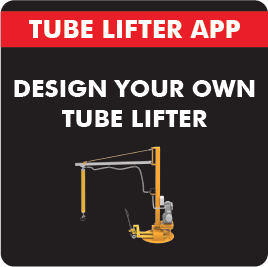










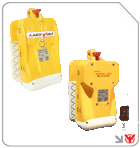

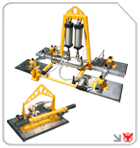
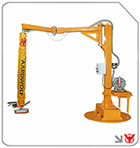
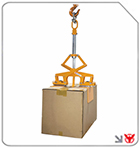
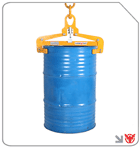

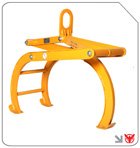

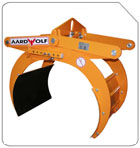
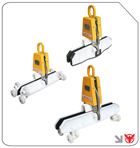

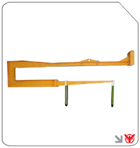
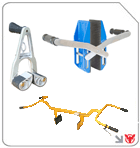
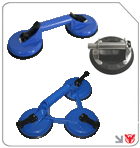

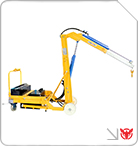

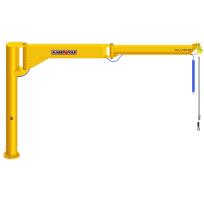
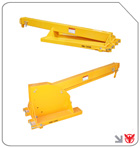
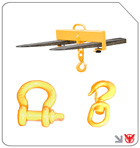
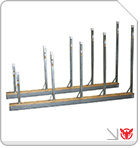
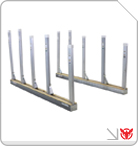
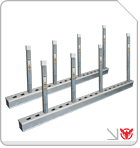



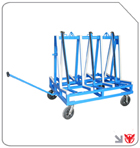

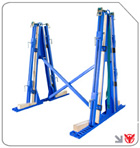
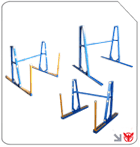
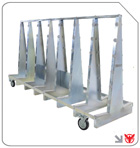
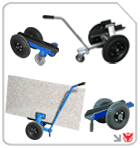


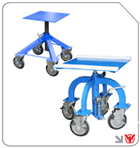




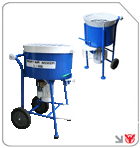

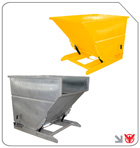

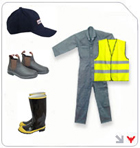
Follow us on: